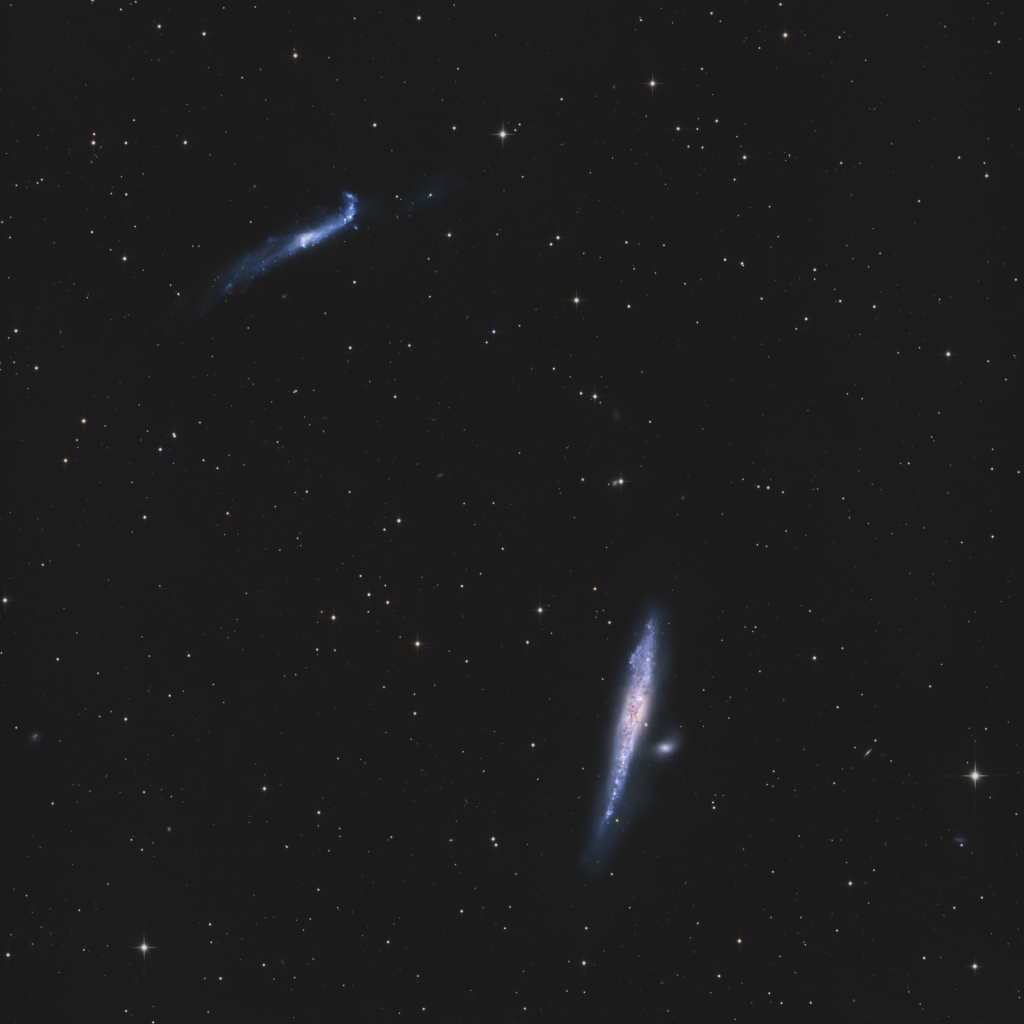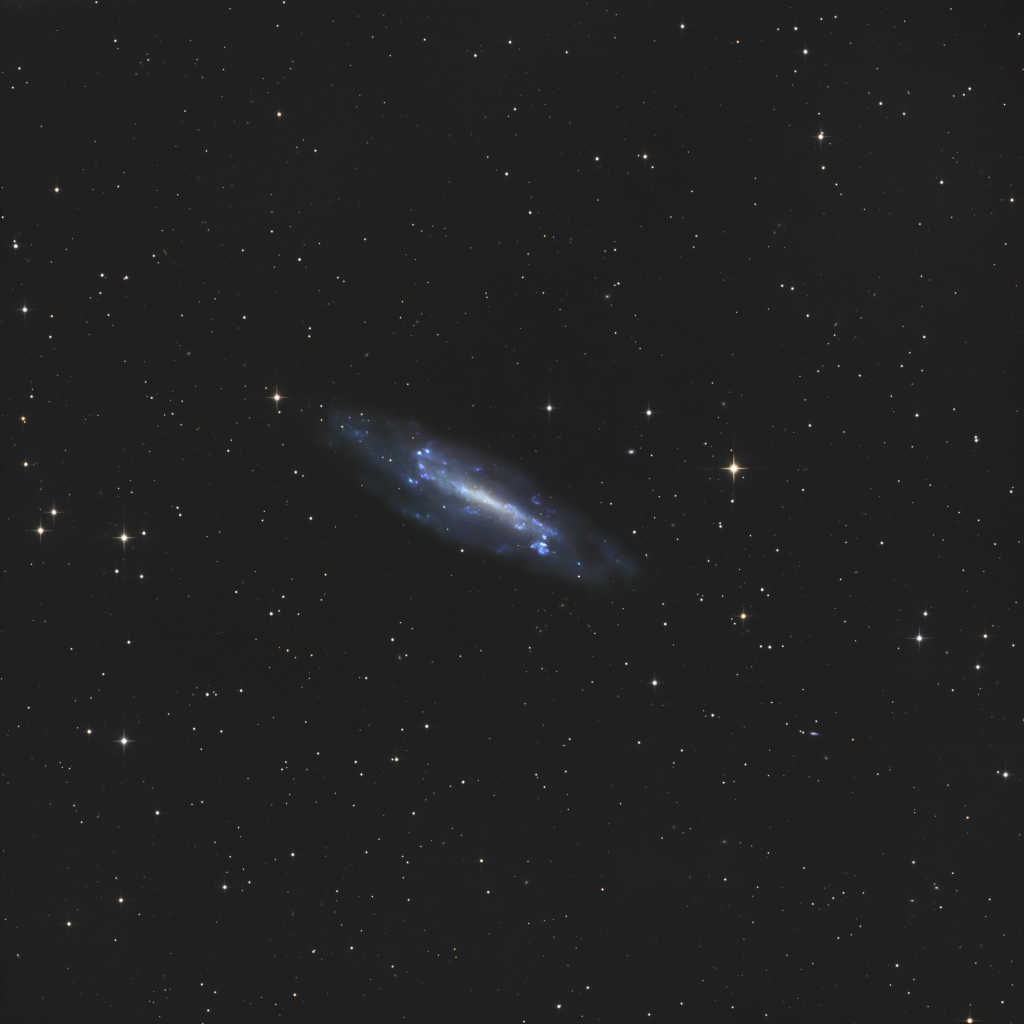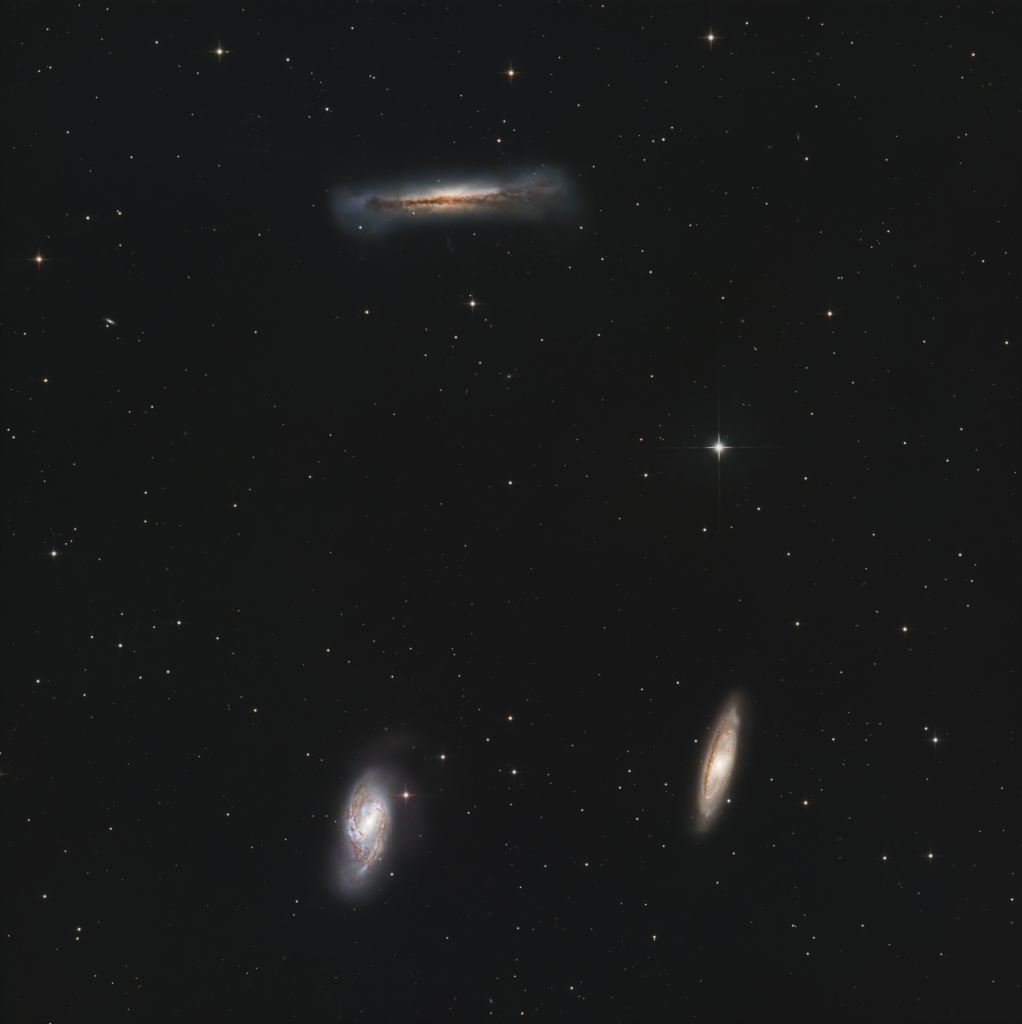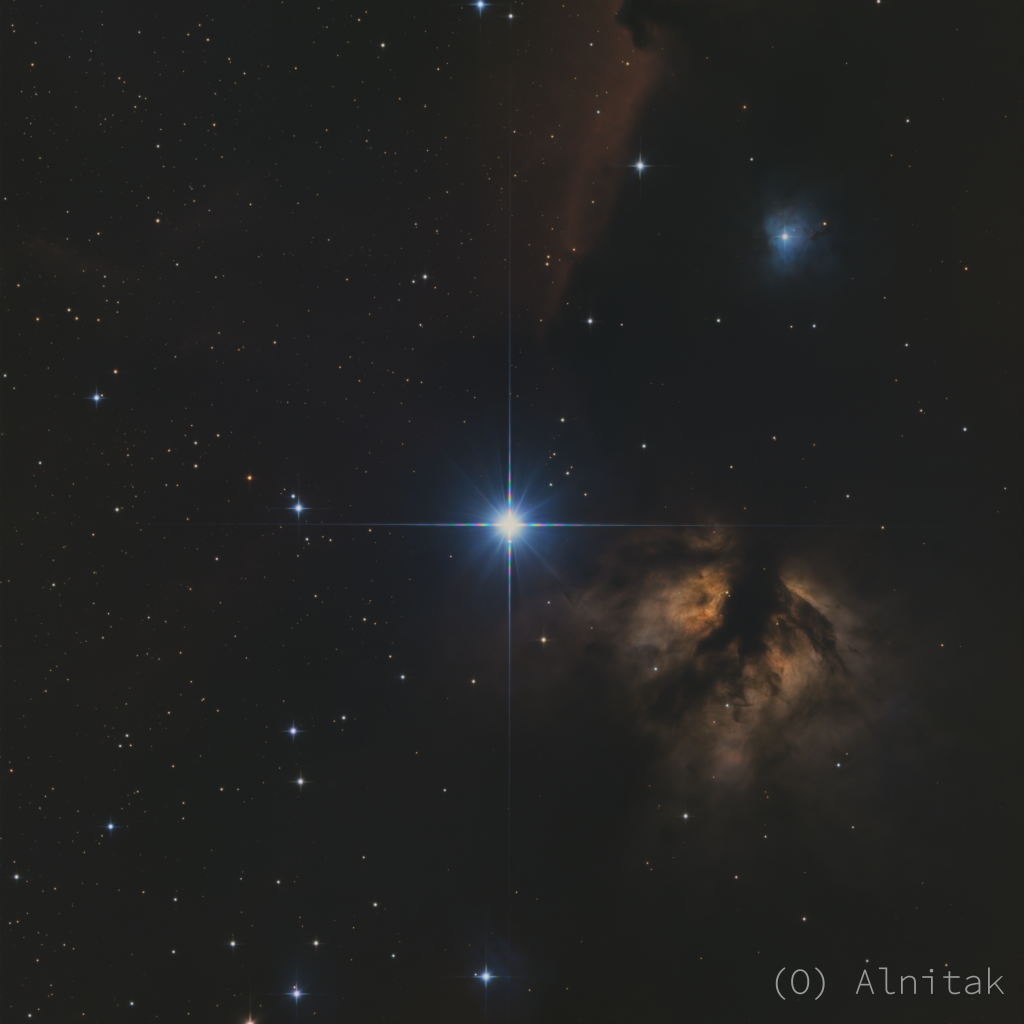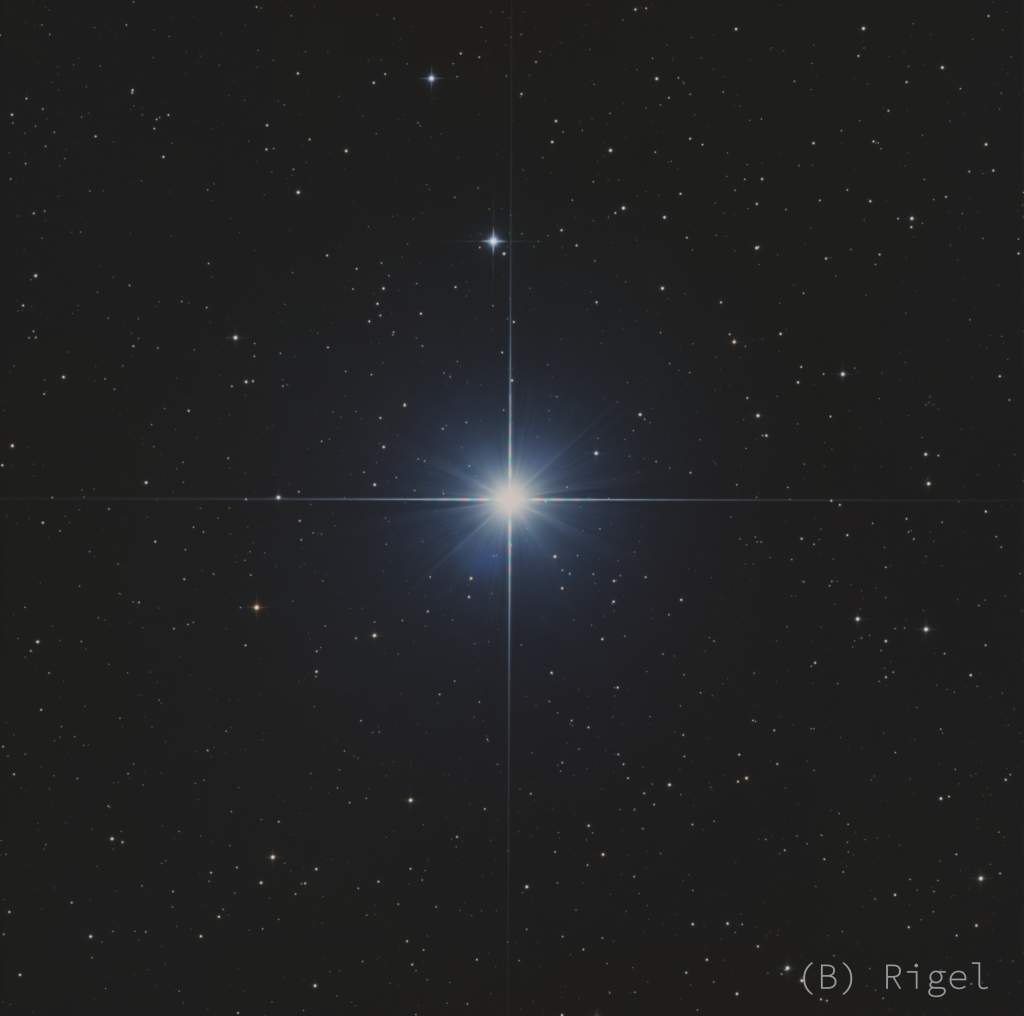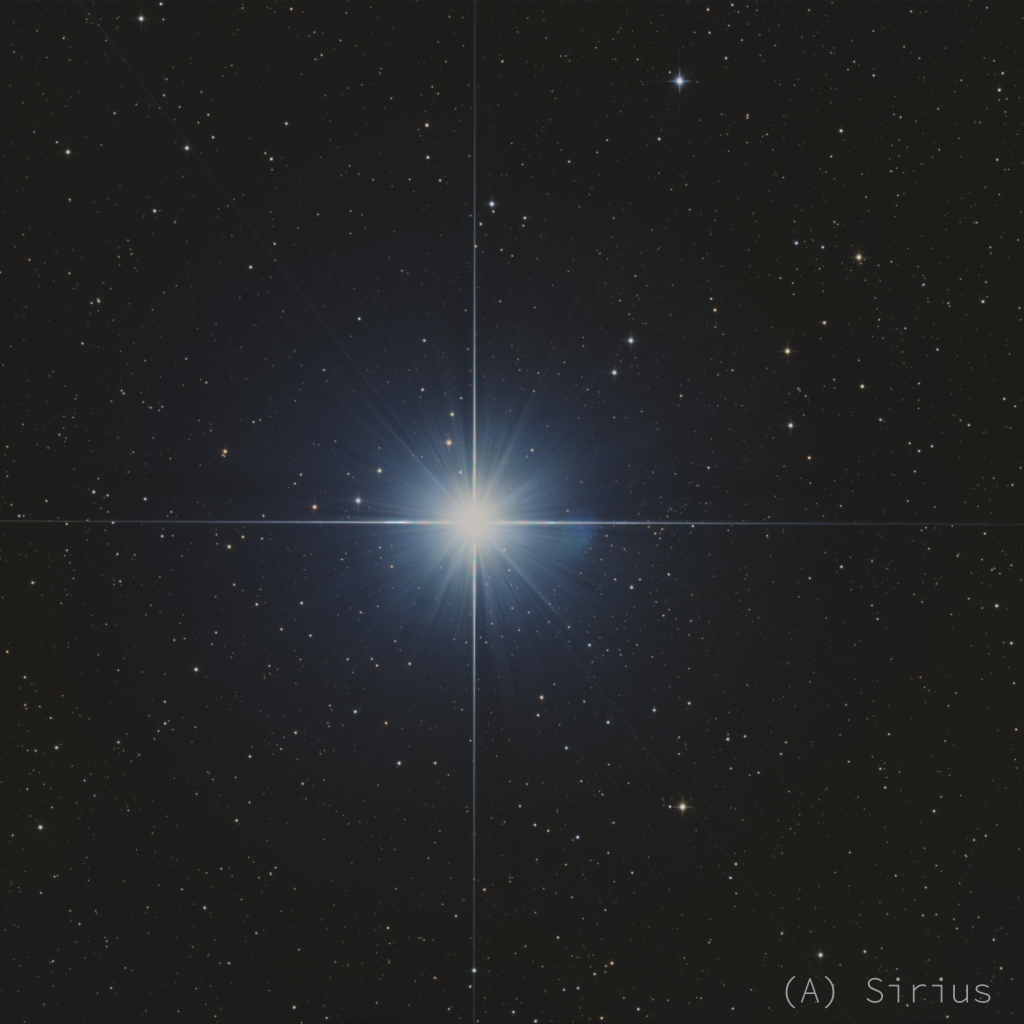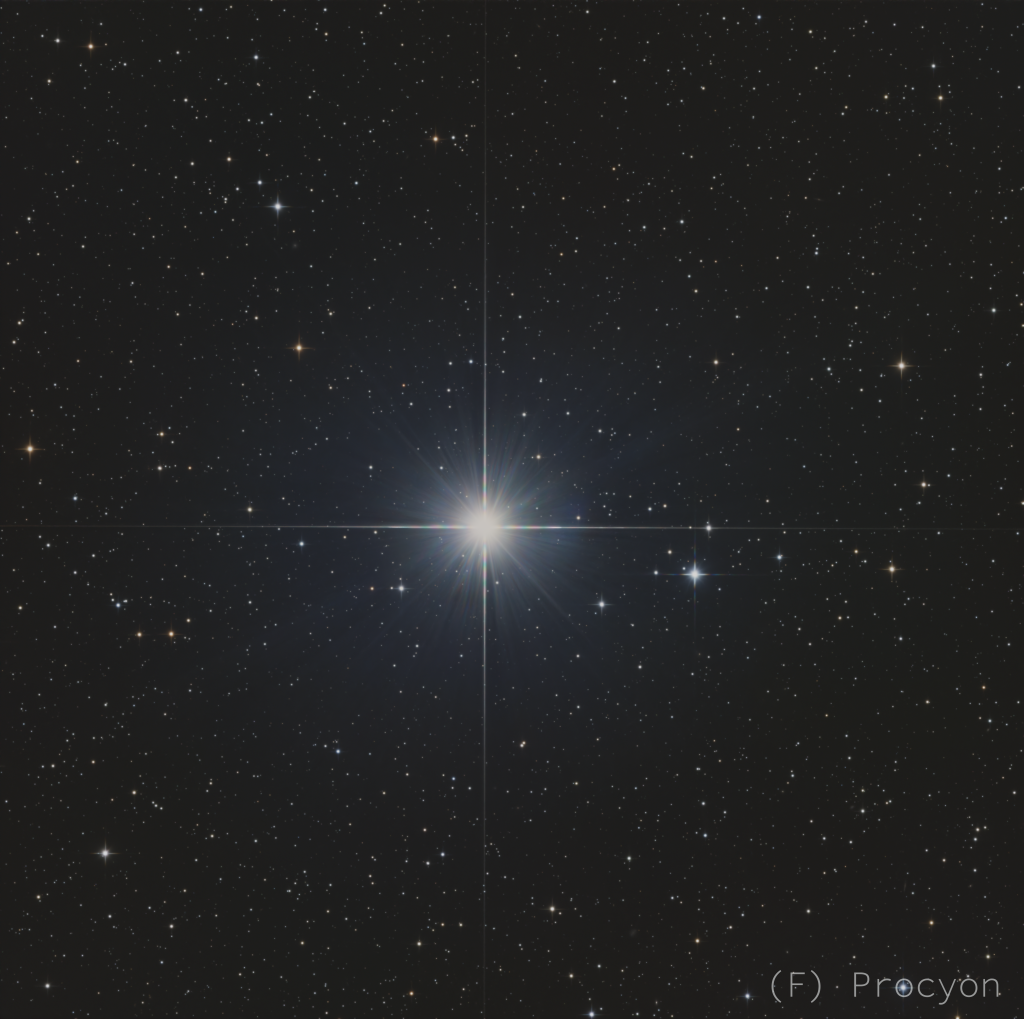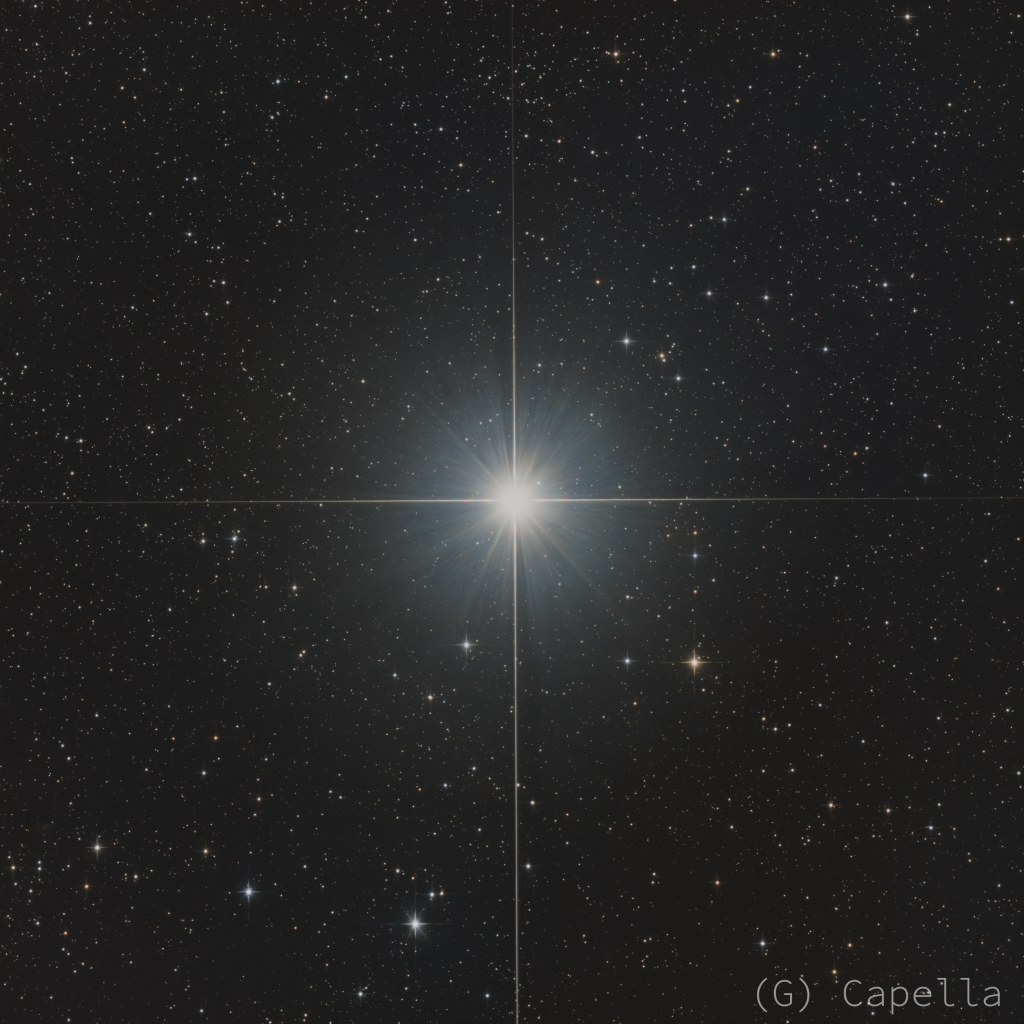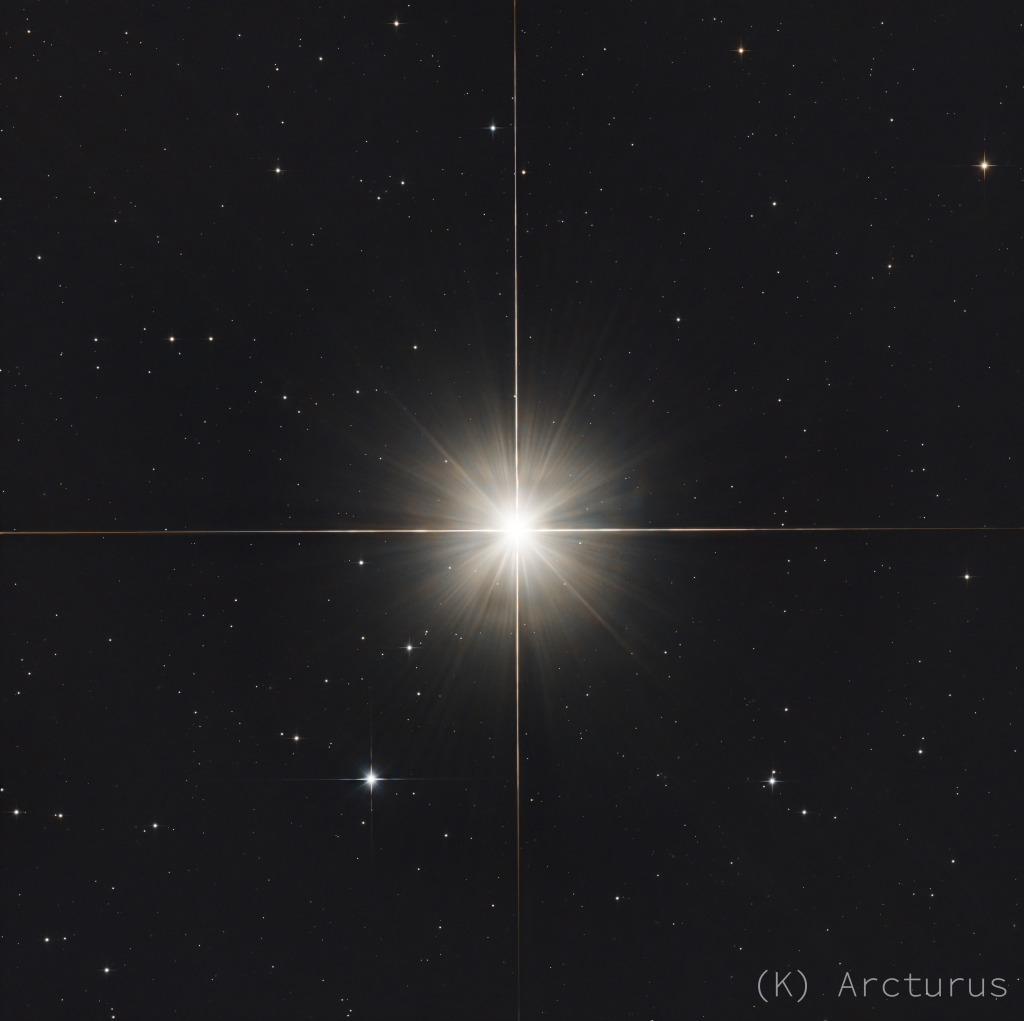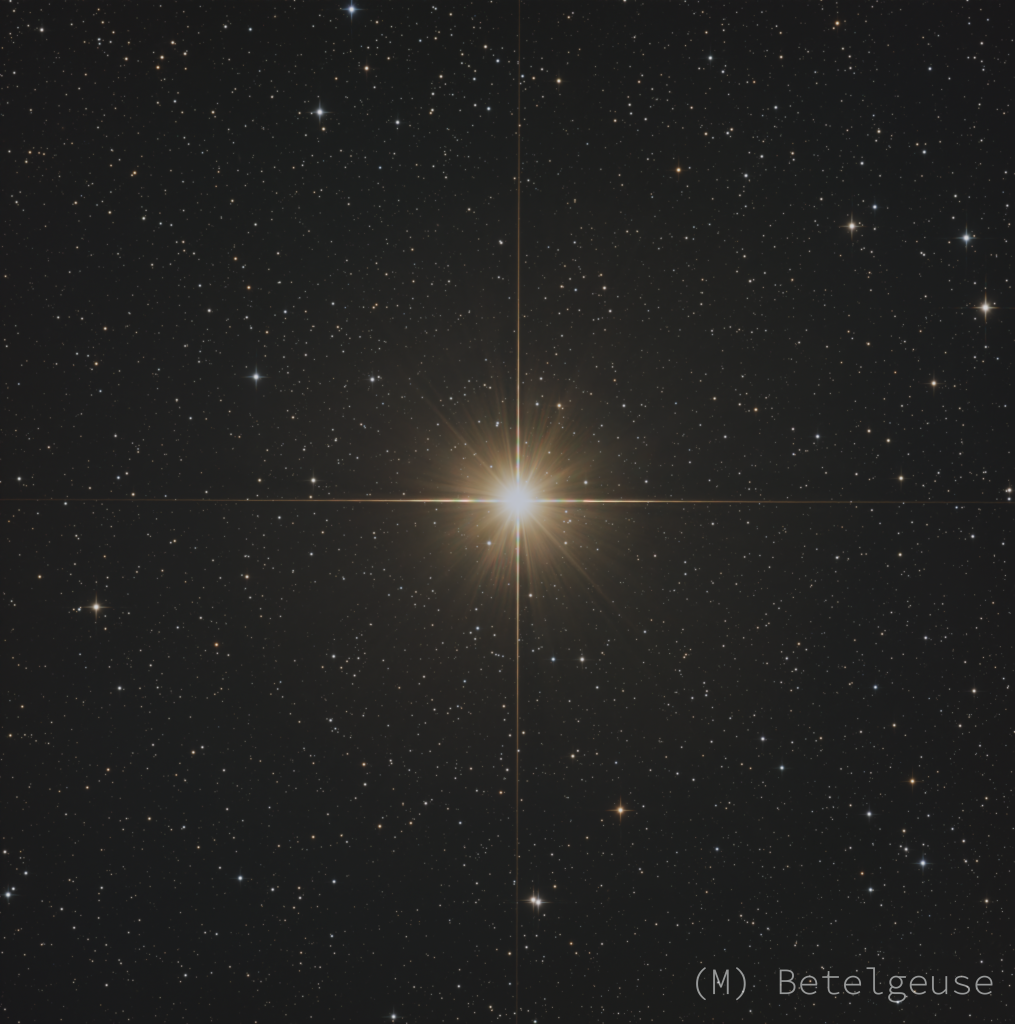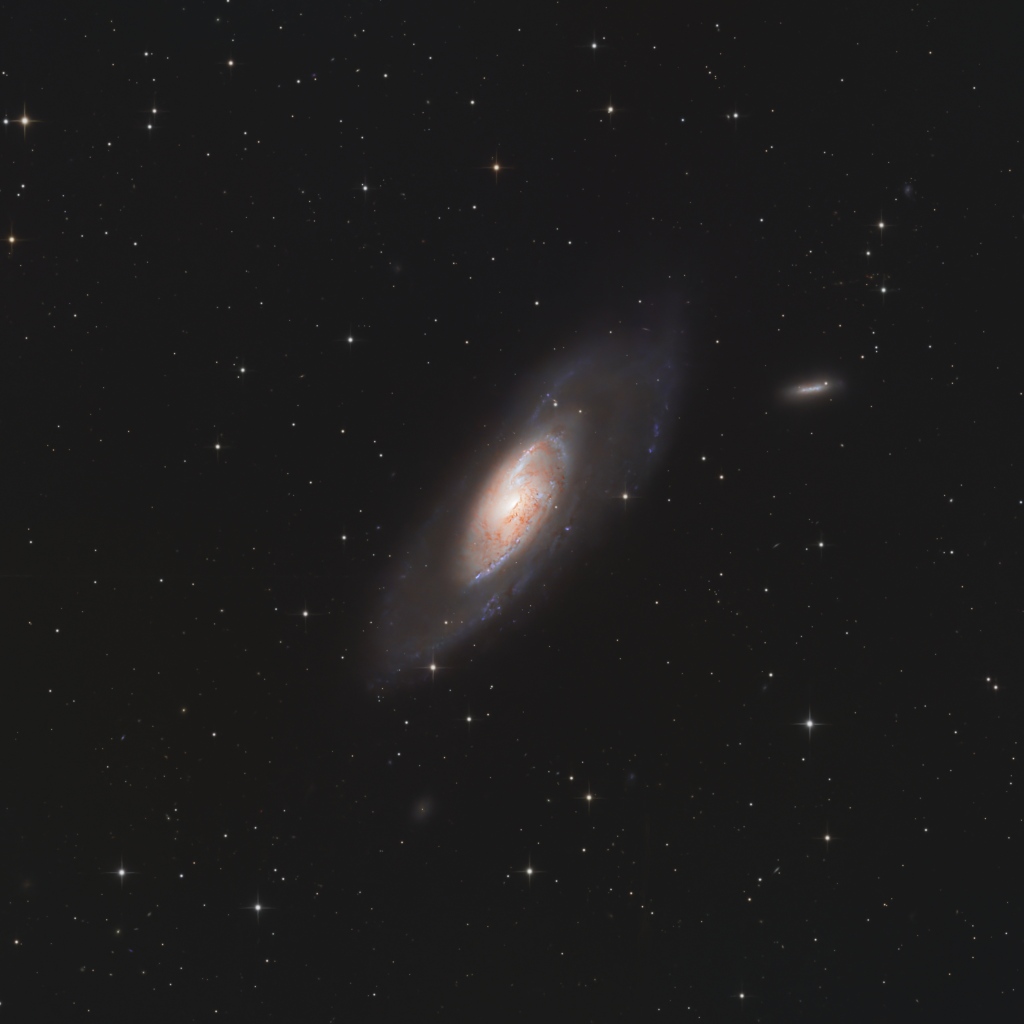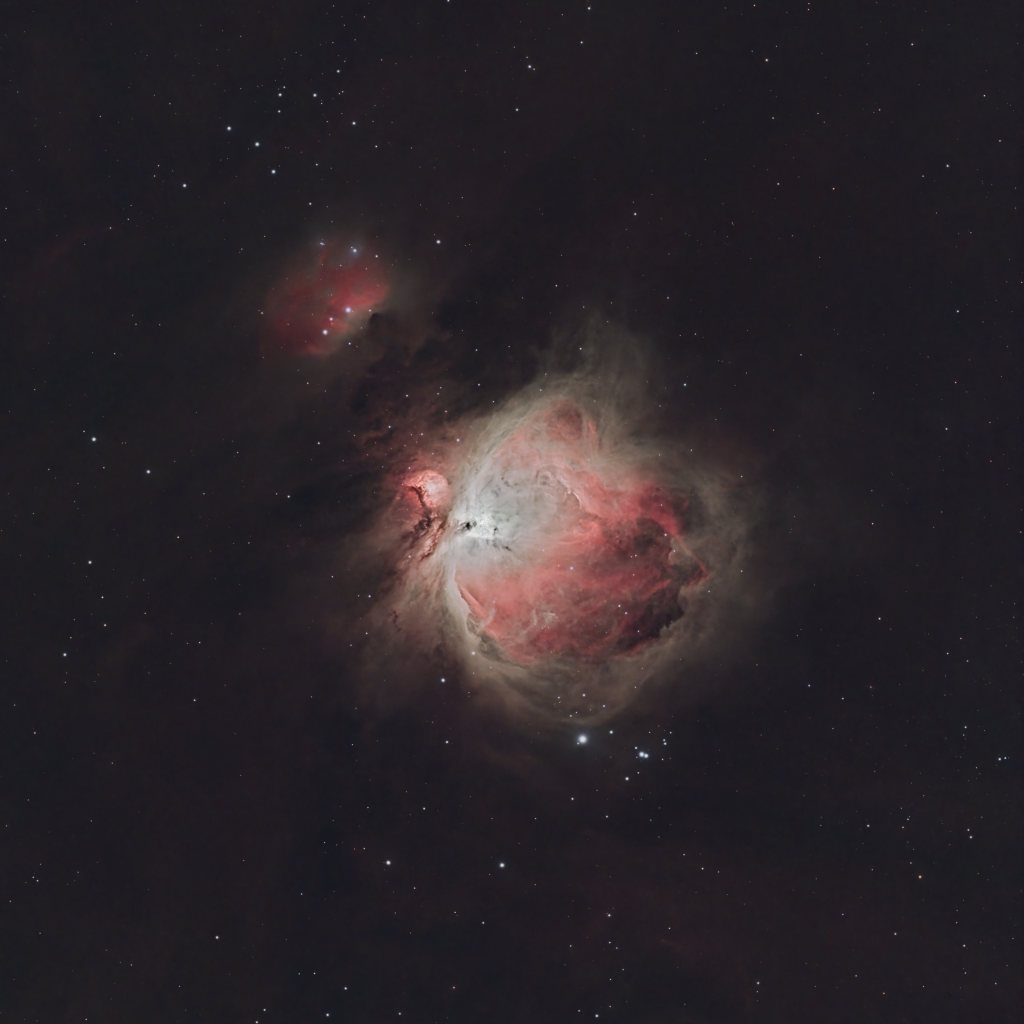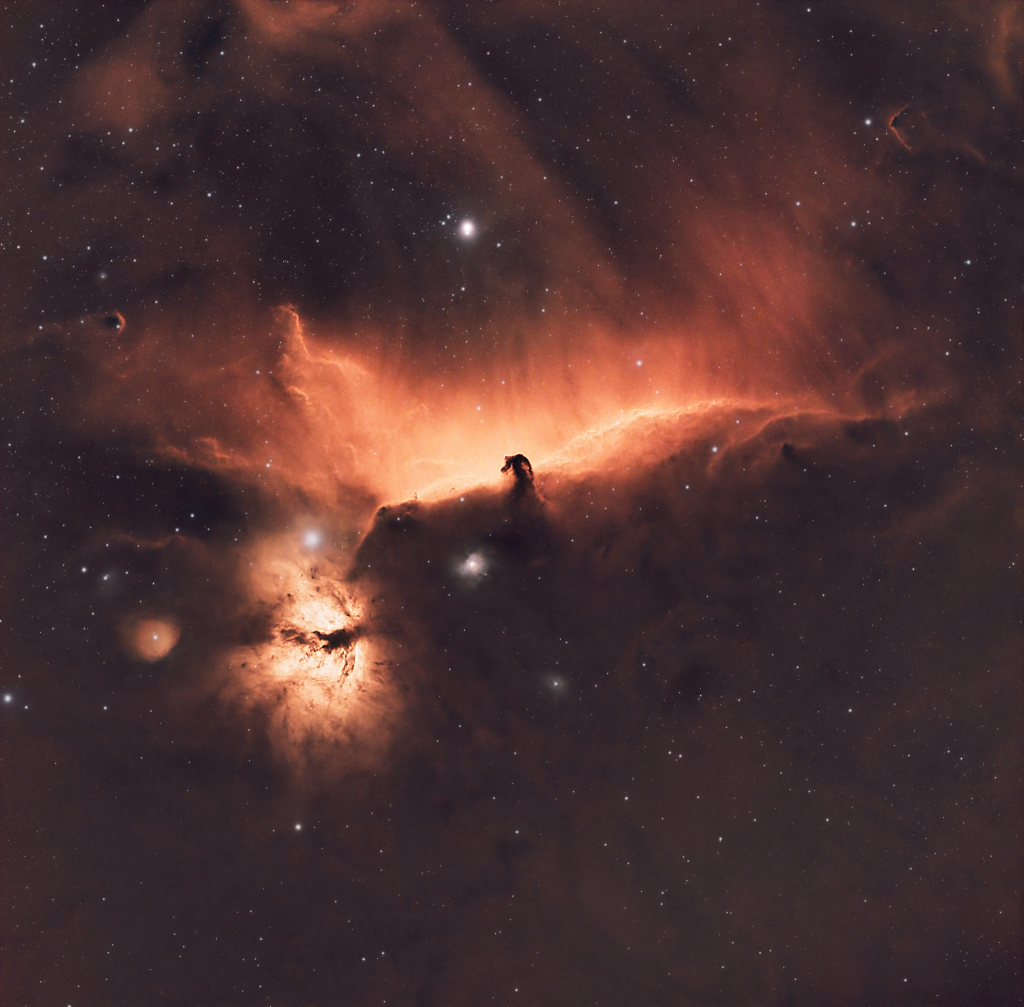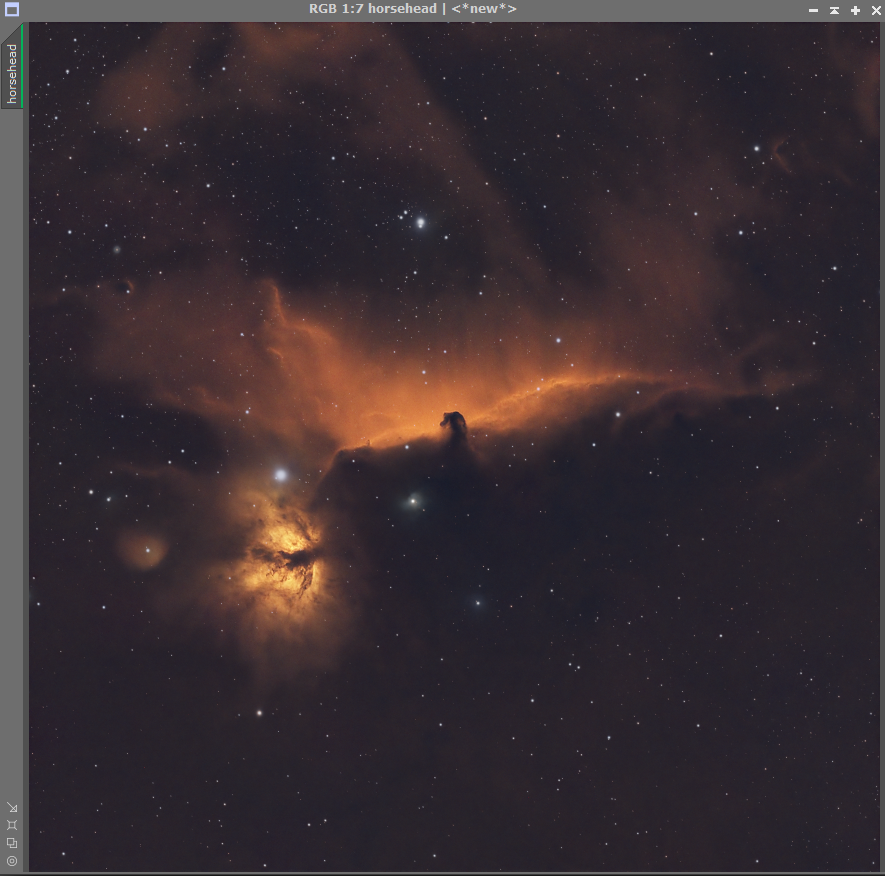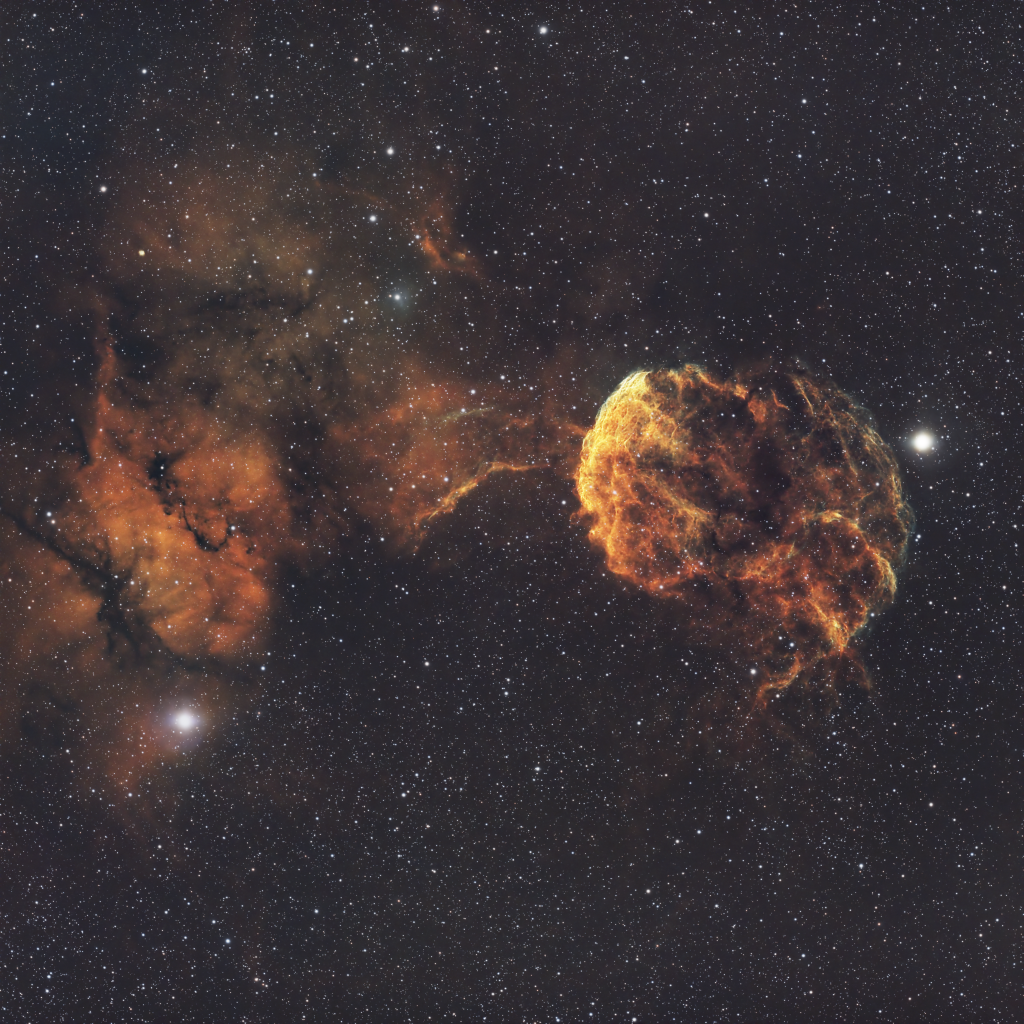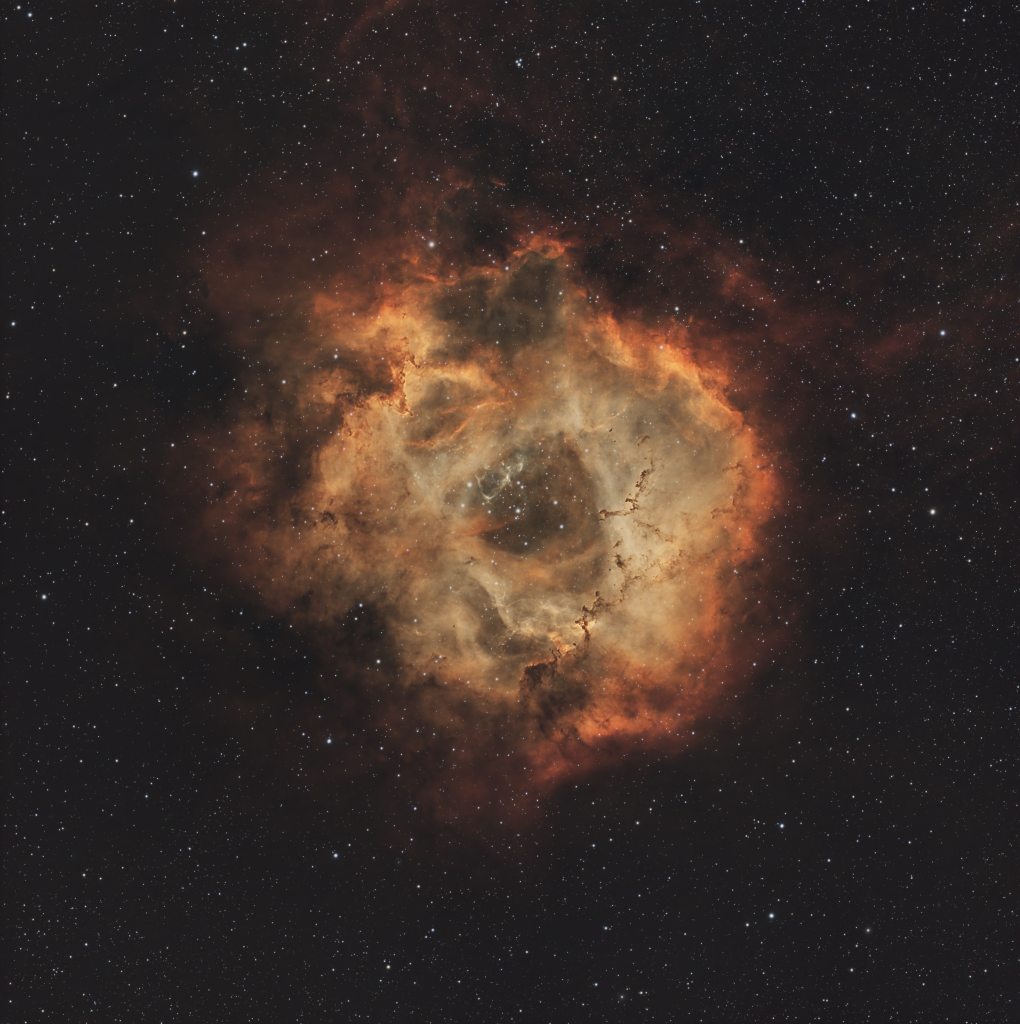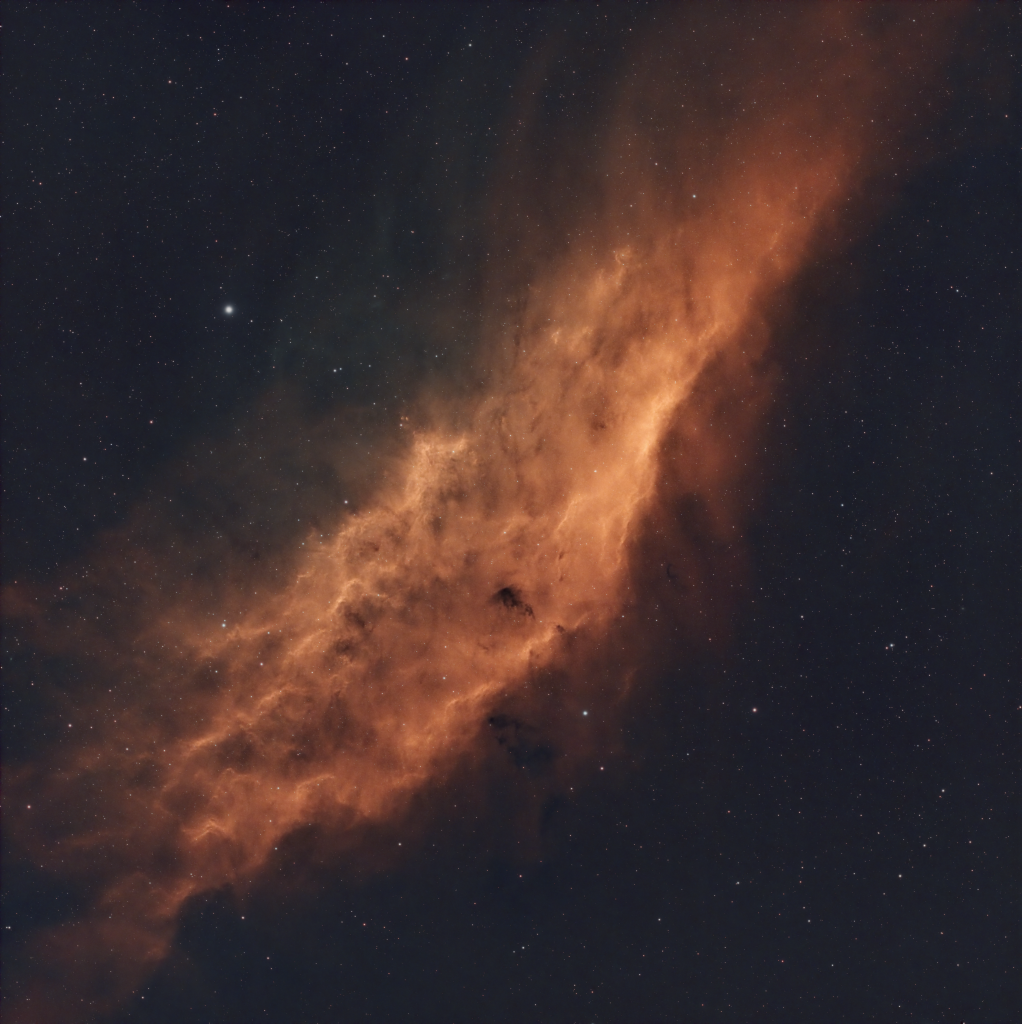Globular clusters
Last year I had a quick look at M3, one of the best looking globular clusters in the Northern Hemisphere. I knew i had to revisit and here’s the result of about 6 hours of integration time.
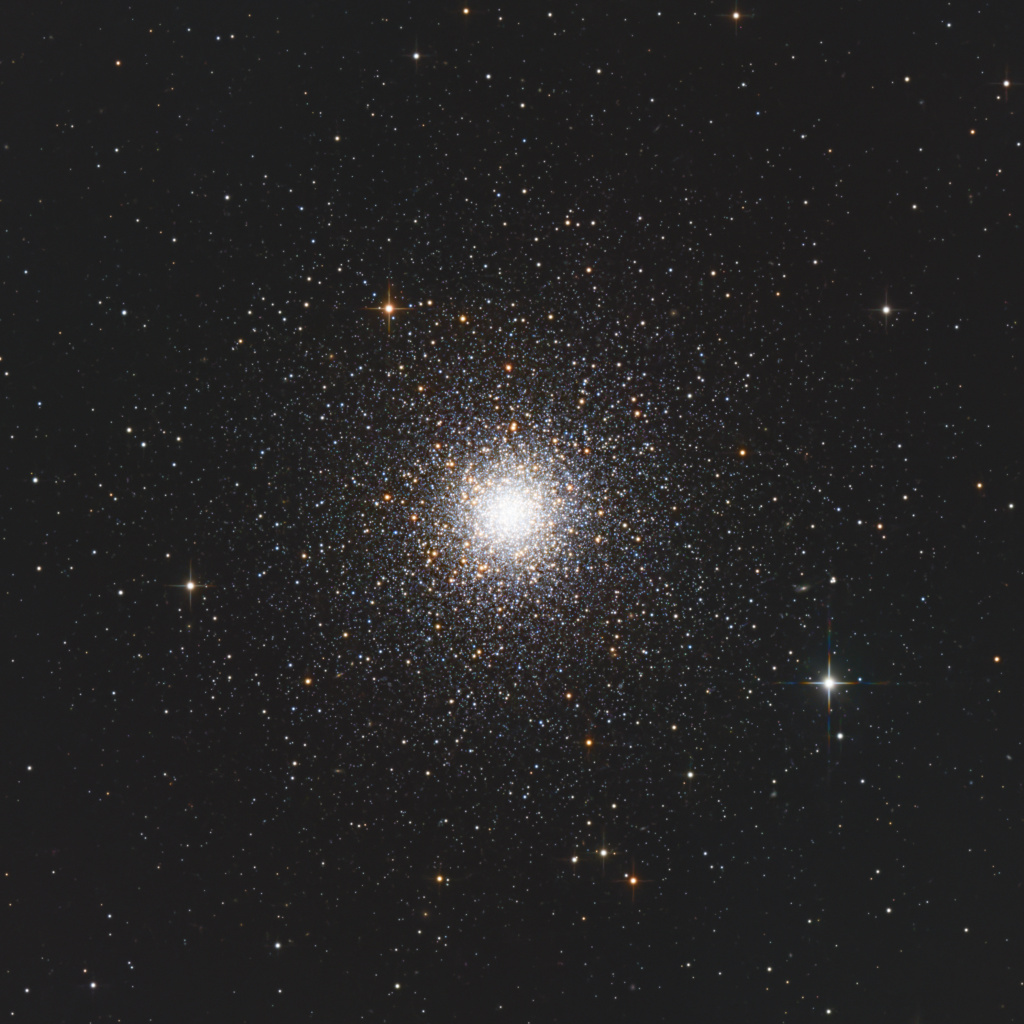
These balls of light are fascinating. They’re extremely old, have all types of exotic stars in it and might be the remnants of older galaxies.
Globular clusters reveal a lot of interesting stars too. M3 in particular has a very large population of RR Lyrae stars, these are variable stars with very visible pulsation periods.
The video below is a compilation of multiple 1 hour stacks. It still needs some work but you can see multiple stars appearing, disappearing and even changing color due to their variable nature.
